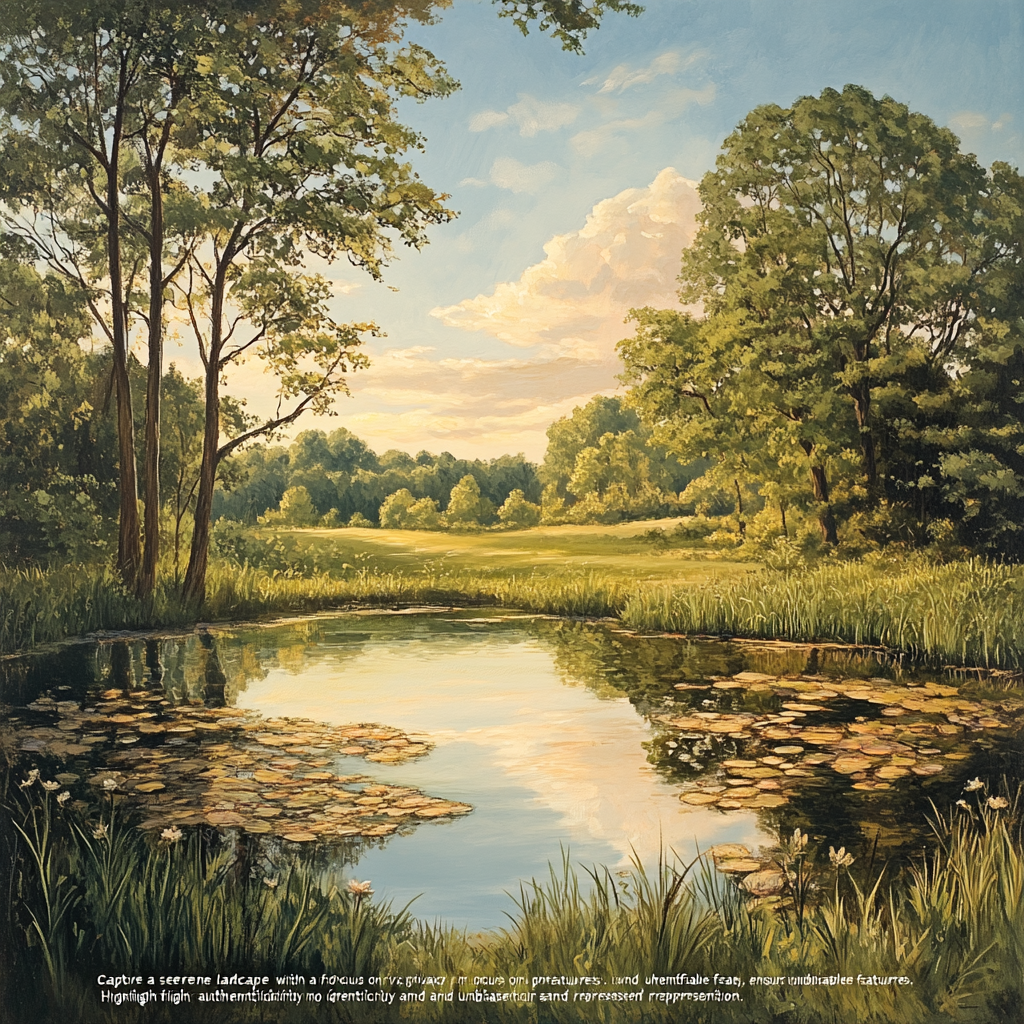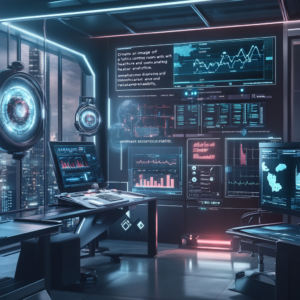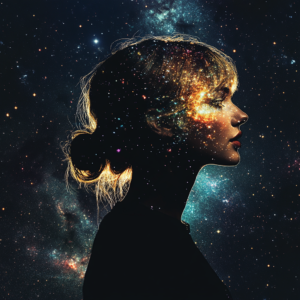
Navigating Ethical Challenges in Photography Amid AI Advancements
Photography and AI: The Ethics of a Pixelated Revolution
In the kaleidoscopic universe of photography, Artificial Intelligence (AI) has burst onto the scene like an eager influencer at a red carpet event. Sure, it’s captivating, teeming with potential, and frankly, it does things that make the human eye go “wow.” But, hold on a second—it's not all sunshine and Instagram filters. With great technological marvel comes great ethical responsibility, and the photography world is standing at a crossroads, trying to figure out which direction to take. Let’s unravel this complex fabric of creativity and ethics, and dive deep into the mixed bag of wonders and quandaries that AI brings to our beloved photography.
The first stop on this photo-adventure is Privacy and Surveillance. Right off the bat, let's look at AI-powered photography tools. On one hand, it’s mesmerizing how they can detect faces and analyze data at lightning speed. On the other, in a world where privacy feels as elusive as a good Wi-Fi connection, the implications are serious. Imagine AI catching your candid moments without a care in the world, scooping up your image from the bustling cityscape or a quiet café. Governments and corporations wield these tools like powerful wands, capable of turning ordinary photographs into a surveillance nightmare. A bit dystopian, right? This misuse of AI can lead to misuse, raising eyebrows and feelings of discomfort when the very essence of candidness begins to wear thin.
Now, let’s turn our lens to Authenticity and Manipulation. We're amid a renaissance of image-altering wizardry, with AI generating images so uncanny that it’s tough to discern the authentic from the artificial. Step into this brave new world, and suddenly, your “if it’s on the internet, it’s real” mantra faces the ultimate test. When an AI can convincingly fake a sunset or fabricate a smiling family where none exists, how do we maintain faith in the integrity of photography? The line between art and deception blurs dangerously when you stare into the abyss of pixels and algorithms.
Speaking of lines getting blurred, hold onto your camera for the ownership debate. Here’s a head-scratcher: If AI crafts an image, who’s its rightful owner? The programmer who developed the algorithm? The photographer who clicked the shutter? Or, perhaps the AI itself—conceptually speaking, of course, since we aren’t about to hand it a 1099 form and expect it to file taxes. The case of Stability AI and Getty Images has highlighted this tug-of-war over rights and creativity in the age of automation. Whoever you think should own AI-generated masterpieces, it all hinges on ethical and legal frameworks that march at their own pace.
Next up on our photographic expedition is Bias and Representation. AI, despite being a super-intelligent entity, is still driven by the data it’s trained on, which means it often mirrors humanity’s flaws and biases. Yes, it may lift us into the technological stratosphere, but let’s face it—if that data doesn’t encapsulate diverse voices and experiences, we’re basically handing the keys to the photo kingdom to a narrow perspective. The risks? Stereotypes get reinforced, representation falters, and our visual culture doesn’t truly reflect the rich tapestry of human experience. Clarity in representation isn’t just an accessory; it’s a necessity that requires a well-thought-out approach from those deploying AI in photography.
So, what about the impact on professional photography? Enter Job Displacement and Skill Dilution. AI can execute tasks that used to demand meticulous skill and human creativity. Sure, it's impressive that a program can edit images or create compositions while we scroll mindlessly through TikTok. But here’s the rub—what happens to the photographers who trained, honed their craft, and are now fighting to prove their worth in a world where AI casually churns out results at breakneck speed? The easy-hands approach exemplifies accessibility; however, it also risks rendering professional expertise obsolete. Skill, determination, and creativity won’t just get sidelined by AI—they threaten to vanish altogether under the weight of automated accessibility.
And then we glide into the murky waters of Creative Control and Authorship. If an AI tool assists in creating a photograph, we face the pressing question: Who’s the creator? The person behind the camera? The one programming the AI? Or does the machine deserve a slice of that creative pie? As AI becomes a collaborator rather than a mere tool, this shared ownership muddles the clarity that craftspeople have spent years chasing. Once you add AI into the mix, what remains of the individual touch or the creative soul?
Now, let’s pivot to how we can prioritize ethics in AI photography, an initiative that frankly needs a standing ovation. First up: Transparency and Disclosure. It’s more critical than ever for photographers and platforms to come clean about whether AI was enlisted to enhance an image. By clarifying the role of technology in the creative process, trust can blossom like wildflowers in an open field. After all, nobody enjoys being kept in the dark—especially when it comes to enjoying the fruits of an artist's labor.
Then there’s the pressing need for Ethical Guidelines and Regulation. As AI zooms into photography like a shutterbug at a wedding, establishing groundwork around privacy, copyright, and accountability isn’t just a bonus—it’s an essential requirement. It’s time for our industry leaders to join forces and lay down clear ethical standards. Legislation may not be as glamorous as a photoshoot, but you know what? It’s the buffer we desperately need against ethical crises.
Education and Awareness should sweep in like an illuminating flash. Photographers, artists, and the curious public alike should become well-versed in the ethical ramifications of AI in photography. It’s crucial to understand the journey images take from inception to sharing, data biases, and the hollow promise of authenticity. Community workshops, engaging seminars, and good old-fashioned discourse can galvanize a culture rooted in integrity and transparency. Let’s keep the conversation flowing, folks!
As we wrap this contemplative ride through the ethics of AI in photography, let’s highlight some practical strategies to navigate this brave new world. First, Know Your Source. Always dig into the backdrop of an image—was it AI-generated, or is it the genuine article? This knowledge will refine your appreciation of authentic works and your overall consumption of visual media. Next up, Look for Natural Imperfections. Being vigilant about signs of digital manipulation—think suspicious lighting or altered textures—will help sharpen your photographic discernment.
Finally, Appreciate the Process. Engage with traditional photographers and communities that prioritize authenticity. Sharing experiences, stories, and methods emphasizes the importance of maintaining the cherished essence of photography.
There you have it, a wild ride through the tangled web of AI in photography, where creativity waltzes hand in hand with ethics. We’ve explored privacy concerns that make you shudder and authenticity issues that set off your brain’s alarm bells. Through our journey, we’ve come to understand the vital need for transparency, ethical practices, and continuous education. The innovation that AI brings can elevate photography while preserving its integrity if we navigate this landscape with caution and care.
So, what’s next? For a deep dive into the evolving ethos of AI in photography, and to stay tuned for the latest insights, join our conversation on Telegram—your backstage pass to everything AI-related! Want to stay up to date with the latest news on neural networks and automation? Subscribe to our Telegram channel: @channel_neirotoken. Let's keep the dialogue going and ensure that as photography evolves, it does so ethically and responsibly.

